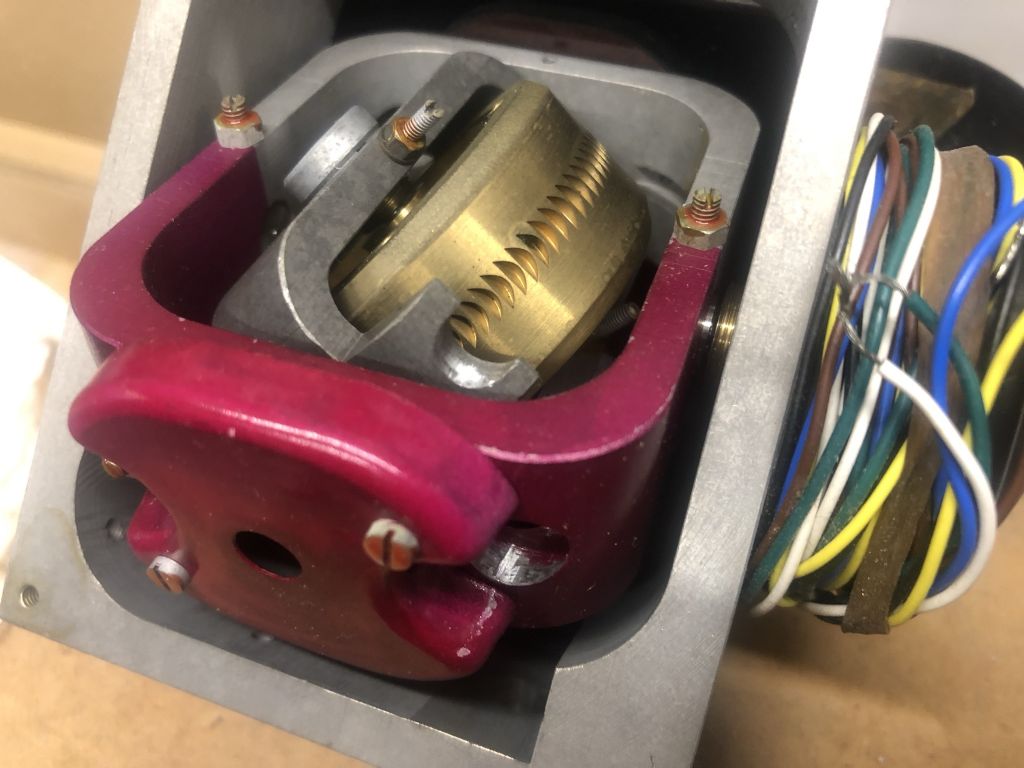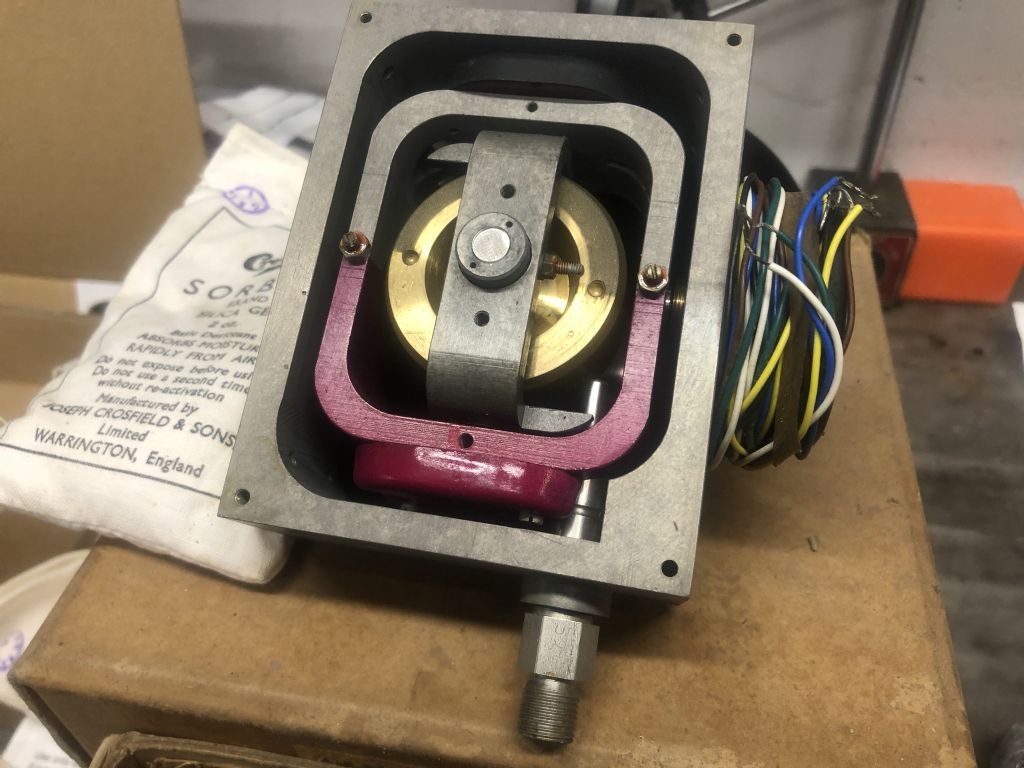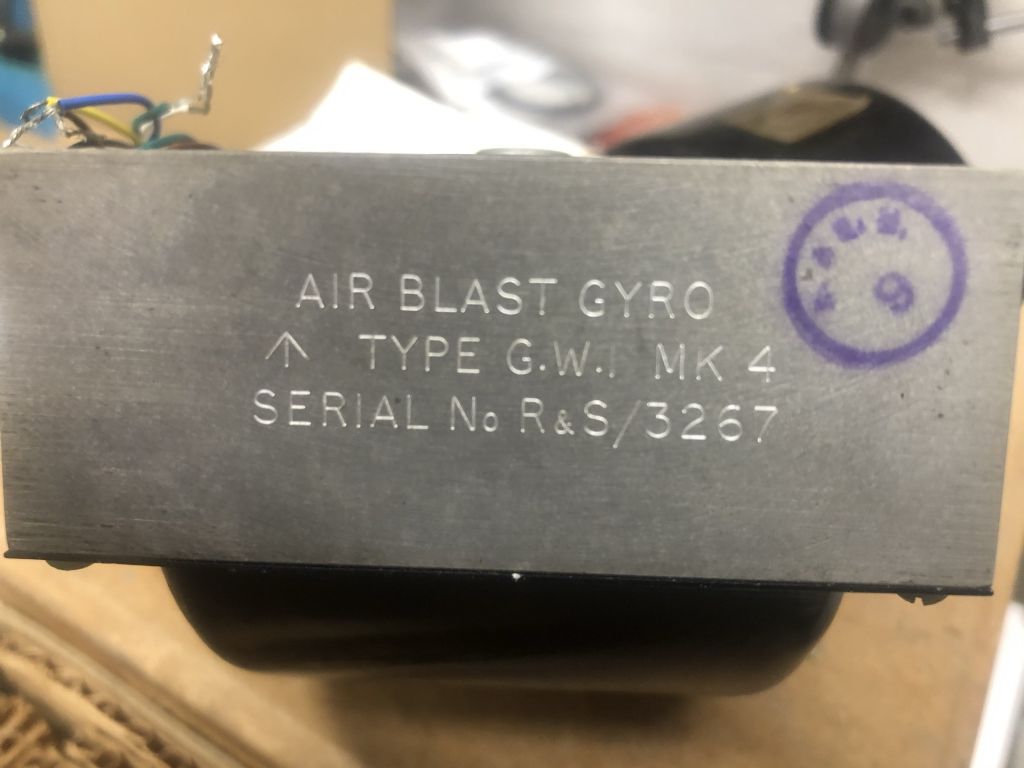Thanks for replies. To clarify, I was looking for for something to spin the gyroscope up rather than for continuous operation. The product I linked to claims a run time of up to 25 minutes starting at 12,000 rpm. I doubt that I can match their machining standards (they say that their discs are ' balanced to an impressive 250th of a gram accuracy', whatever that means) but I'd be happy with 5-10 minutes. To get up to 12,000 rpm with the 5mm shaft I'm planning by using a piece of string would mean (thanks to a fortuitous cancellation of numerical factors!) pulling the string with a final speed of precisely pi metres per second, which would be hard to do I think.
I can test it with a Dremel type tool for sure, but the person who asked me to make it is unlikely to have such a thing. The motor SoD linked to looks like the sort of thing I want – 12,000 rpm @ 6V/1.9A. That would be four AA's in series – but would I get 1.9A from that arrangement? A quick look suggests that the internal resistance of an alkaline AA is about 0.15 ohms, so in theory they should deliver 10A shorted. Really? That surprises me.
John – thanks for your suggestion of an outrunner motor. I'd never heard of such a thing, but have had a look and they seem to offer possibilities. I'll think on't!
Robin.
Edited By Robin Graham on 31/12/2020 00:18:59
 Michael Gilligan.
Michael Gilligan.






